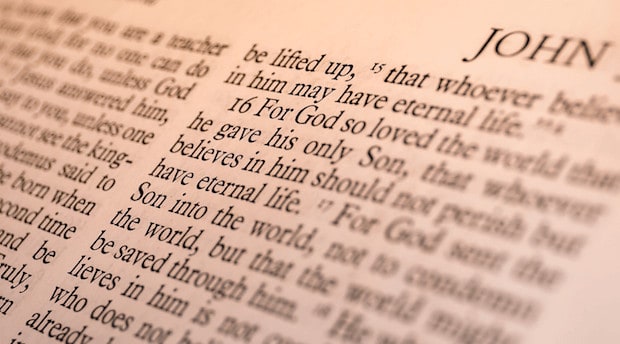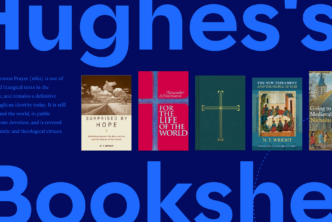In this excerpt from John for Everyone, esteemed New Testament scholar and professor N. T. Wright explains why John 7:52–8:12 is often included in the Gospel, though there are good reasons for its omission.
Whether the story “should” be there or not, it can help us better understand John’s Gospel and Jesus’ mission on earth.
***
There is a puzzle about this story. It doesn’t really seem to fit here. Chapters 7 and 8—omitting this passage—seem to flow on reasonably well. And, tellingly, the earliest copies of John’s Gospel do in fact run straight on from 7:52 to 8:12, missing this story out altogether. At the same time, some manuscripts put it in, but in a different place. Some have it as an extra story after the end of the Gospel. Some even place it in Luke’s Gospel (and it has to be said that the way the story is told is, if anything, more like Luke than like John). That’s why some translations of the Bible put the story in brackets, or add it to the end as an “appendix.”
At the same time, there is something to be said for reading it here, where a lot of manuscripts do have it. John 7 has Jesus teaching in the temple during the festival of Tabernacles, and the crowds and authorities getting increasingly interested in asking who he is and what he’s about. John 8 has an altogether darker tone, with Jesus accusing the Judaeans of willfully misunderstanding him, failing to grasp what he’s saying, and wanting to kill him, because they are following the dictates of “their father, the devil.” Chapter 8 contains some of the harshest things Jesus is ever recorded as saying. What has happened?
It is as though Jesus has come face to face with the real problem at the heart of the Judaean attitude—to him, to God, to themselves, to their national vocation. We won’t understand the chapter if we think of the Judaeans as simply interested bystanders trying to make sense of a curious teacher newly arrived in town. If we read it like that, Jesus appears irrationally angry and dismissive, and indeed that’s what they seem to have thought too (see verses 48 and 52). John, writing the chapter, is well aware of the impression Jesus was making.
The chapter fits, in other words, with a change of mood brought on by something which has caught Jesus’ attention, and has made him realize just how steeped in their own patterns of thinking his Judaean contemporaries had become—and how devastatingly unlike God’s patterns of thinking they were. So, whether or not the story of the woman and her accusers originally belonged here, it certainly helps us to understand the chapter which it now introduces. The chapter as it now stands begins with people wanting to stone a woman to death; it ends with them wanting to stone Jesus. Perhaps that, too, is trying to tell us something.
[…]
And the sin that matters even more [than adultery], as the rest of the chapter makes clear, is the deep-rooted sin which uses the God-given law as a means of making oneself out to be righteous, when in fact it is meant to shine the light of God’s judgment into the dark places of the heart. By confronting this sin, Jesus has put himself, literally, in the firing line from which he has just rescued the woman. If you read chapter 8 as it stands from beginning to end you may start to see a pattern which will continue through to Jesus’ death. This is part of what it means, John seems to be saying, that Jesus is God’s lamb, the one who takes away the sin of the world.
***
N.T. Wright is one of the most—if not the most—well-known New Testament scholars alive today. His writings on justification have spurred much debate, and he’s been named by Christianity Today as one of the top theologians of our time. Formerly the Bishop of Durham, Wright now teaches at the internationally esteemed University of St. Andrew’s.






